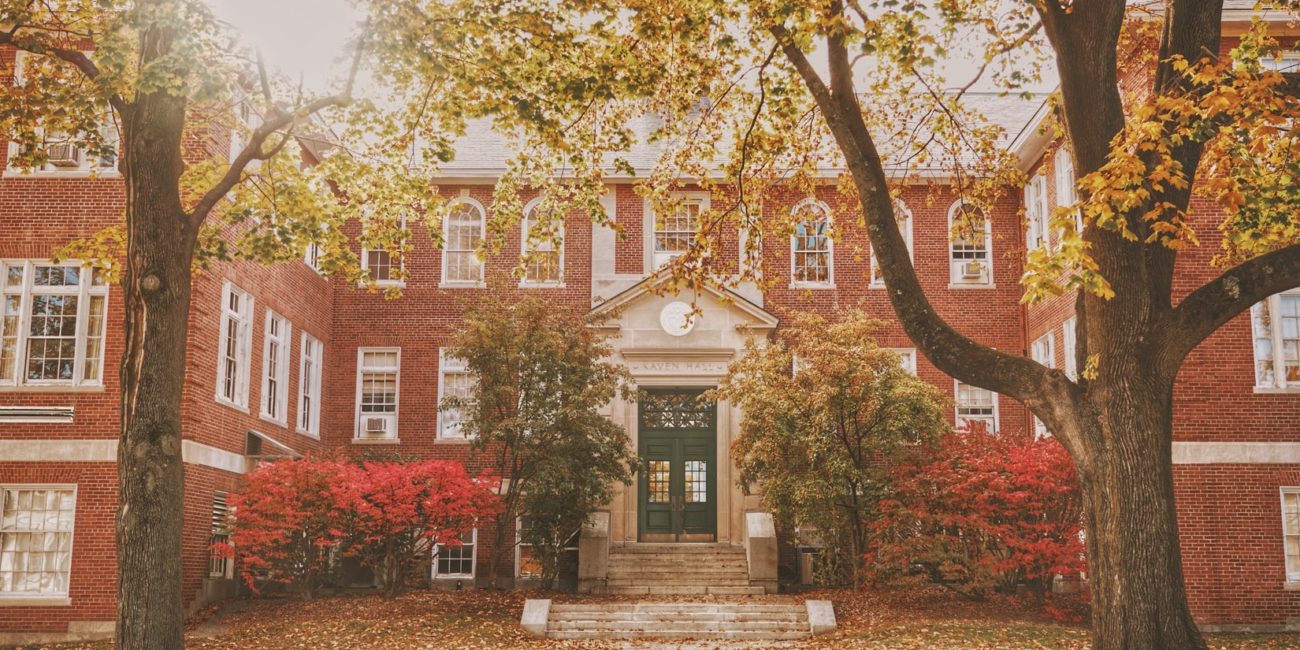At the start of the summer, many colleges and universities across the country were feeling optimistic about the possibility of reopening campuses come fall. But as we start August with the number of cases rising by the day, more and more schools are rethinking those plans to bring students back to campus. What’s more, there is still a lot of uncertainty surrounding what high schools will look like come fall. While the White House has tried to mandate the reopening of schools, many districts are ignoring this and opting for online-only instruction, or staggered scheduling. This also means that visits from colleges and universities will be limited at best, and canceled completely at worst.
Which brings us to the question: What will fall travel look like this recruitment season?
With travel limited and the future uncertain, we reached out to some of our clients in enrollment management and admissions to see what their plans were going to look like this season, and how this change might impact their incoming class this semester. We asked if they planned to travel, what their alternative plans are, and what they predict for their institution this coming year. The answers varied, but one thing remains clear: travel will be limited at best for the foreseeable future.
In a study of the impact of Coronavirus on higher ed done by McKinsey this spring, they found that in the event of spiking cases or COVID-19 recurrence, “higher-education institutions could see much less predictable yield rates if would-be first-year students decide to take a gap year or attend somewhere closer to home (and less costly) because of the expectation of longer-term financial challenges for their families. International enrollment could be severely hit because of ongoing travel restrictions and fear. Both trends would depress enrollment.”
As cases do continue to rise, many schools have come to accept that their travel plans will be extremely limited if they are able to travel at all. One school we reached out to reported that if they travel at all it will be “close to campus and only if high schools will allow us to visit.” They also noted that they anticipate very minimal travel based upon CDC limitations and restrictions. Another institution reported that they’ll only be traveling within their immediate region at least until January 2021, while others have tentative plans to resume travel, with an eye to what fall brings when it arrives.
It’s true that the “wait and see” approach is popular, as things are changing not just daily, but “hour by hour and minute by minute,” according to NPR. While many schools are making plans and/or rolling back previous plans, others haven’t made any decisions yet on reopening campuses in the fall or fall travel. However, many schools are making contingency plans to bridge the gap in enrollment in the event that the fall travel season is a wash.
One school TargetX polled said they “plan to host virtual sessions with high schools (as permitted), both during the day with schools and evening sessions.” As people grow increasingly accustomed to virtual interviews and events, these virtual sessions may likely be the answer many schools find most helpful in the coming months. Other schools have said they plan to rely heavily on personalized outreach, video outreach, and virtual campus visits.
Additionally, some schools are taking a digital approach and signing agreements with more agents and using more lead generation platforms. This is another smart solution, especially considering that the 2020 Digital Admissions Report found that students have had largely positive interactions with digital ads from colleges and universities. Given the pandemic, it’s likely they’ll be turning online for the bulk of their college research, as campus tours and visits may not be possible.
Finally, virtual campus tours are going to be more important than ever before, and many schools are making the investment. One school reported that they completely redesigned their Academic Department Visit Days, which have historically been the most successful for them, and created a virtual experience page (with alumni and student testimonials, presentations, virtual tour, etc). While these kinds of overhauls may be daunting and time consuming, they are the kinds of changes that will help the most in the long run.
One small silver lining amid the chaos, however, is that the schools in the Midwest and other more rural areas that normally don’t receive visits from colleges to start with, will be on more even ground when it comes to access to information. This will be especially critical for lower income students. In an interview with Inside Higher Ed, Jack Miner, vice provost for enrollment management at the University of Cincinnati explained that, “To reach low-income and disadvantaged students, the university is relying on its strong relationships with high school counselors, who will be working remotely.” What matters most in these instances is prolonged engagement with prospective students and their familiars, rather than one visit or interaction as in the past.
With summer winding down and fall approaching, there are still many more questions surrounding the future for many campuses than there are answers. However, one thing is proving true in these uncertain times, and it’s that higher ed is being challenged to be more agile and quick on their feet than ever before, all while keeping the best interest of students in mind.
Looking for even more resources on fall travel season?
- PlatformQ: Farewell, Fall Travel?
- Inside Higher Ed: A Year of Chaos and Flexibility
- NPR: Colleges Spent Months Planning For Fall, But A COVID-19 Surge Is Changing Everything
